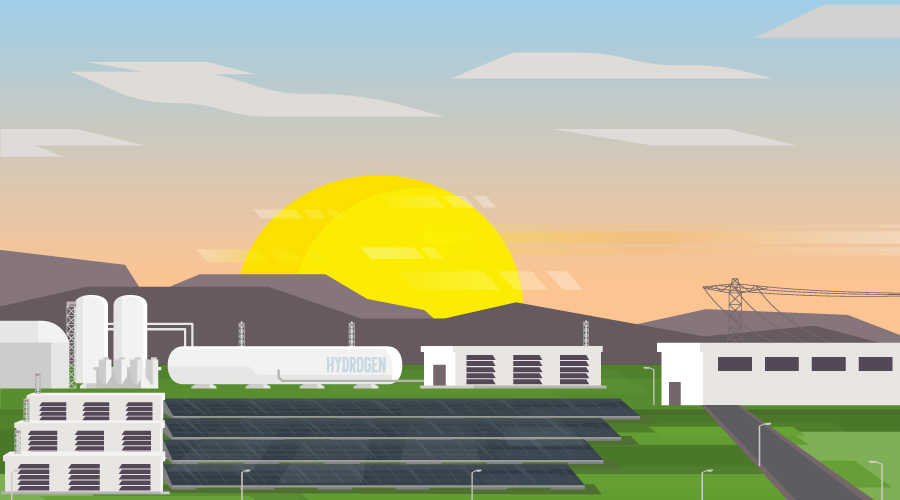Utility Incentives: Focus on Finance
Managers who understand how to apply energy incentives properly can can deliver bottom-line benefits and complete projects ahead of schedule.
Shared savings agreements and power purchase agreements. Many organizations have implemented energy-efficiency or renewable-energy projects through shared savings contracts and PPAs. These require a third party that finances, designs, and installs the system. The resulting energy savings pay for the project costs.
Depending on the nature of the agreement, a shared savings agreement can be structured as an on- or off-balance transaction. In PPAs, a third party owns, finances, designs, and operates a power-producing asset and the building owner buys the energy at an agreed-upon price. Both arrangements reduce or eliminate capital investment by an owner and have favorable tax advantages, in addition to providing locked in rates that can be a hedge against increasing energy costs.
On-bill financing. Using this strategy, a utility funds an energy-efficiency improvement, and the owner repays the cost on the monthly utility bill. In many cases, this strategy allows customers to pay back part or all of the cost of their energy-efficiency improvements with the money saved each month.
Property-assessed clean energy. PACE means that owners can have energy efficiency and renewable energy projects financed completely by a government agency in exchange for repaying the investment through property tax assessments.
Revolving loan fund. A company might act as its own energy services company by investing in a sustainability project that is anticipated to save money. Once the investment is paying off, part of the savings is set aside for future projects. In this way, one investment of capital generates immediate energy savings and a steady stream of investment capital for future projects.
Alternative financing mechanisms allow a project to get ahead of the cost and regulatory curves that are likely to occur in the near or long term. An engineering design firm should have experience in project financing that can help managers uncover incentives and strategies designed to maximize sustainable features in the project design, conduct a thorough financial analysis, and connect the project effectively with the financing entity. As managers discover these strategies, the process can spur new design approaches for the original project, introducing a productive feedback cycle.
Shannon Bunsen is sustainability project manager with Mazzetti — www.mazzetti.com — a global provider of mechanical, electrical and plumbing engineering design and technology consulting. John Bruschi is a senior sustainability consultant with the firm. Troy Savage is a project manager with the firm.
Related Topics:














